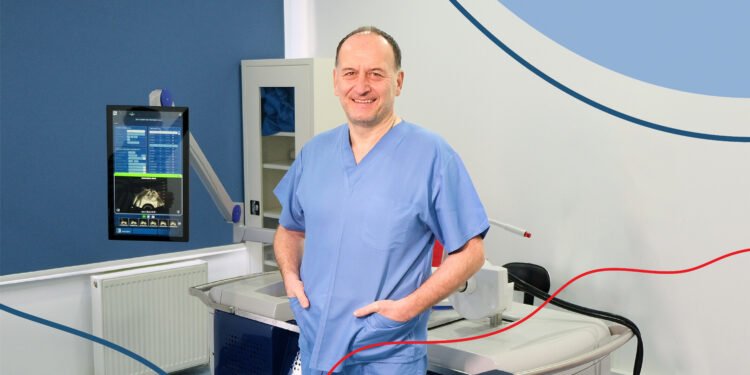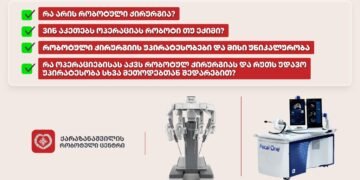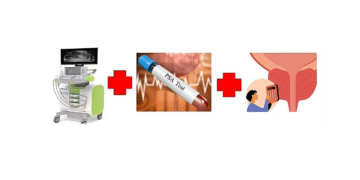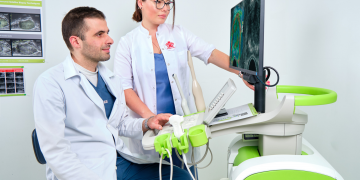Prostate cancer is the most frequently diagnosed oncologic disease after skin cancer. Prostate cancer is the second leading cause of oncological death in men. 1 Of 7 men will be diagnosed with prostate cancer at some point during their lifetime. Currently, prostate cancer early detection and screening is the only way – to prevent metastatic prostate cancer and the death from prostate cancer.
PSA based early detection and screening is not useful anymore. In men with elevated PSA, MRI pathway has been recommended by Guidelines. MRI pathway includes the routine prostate MRI if PSA is elevated and MRI/Conventional Ultrasound fusion biopsy if MRI is suspicious on prostate cancer. However, according to the recent Cochrane Database of Systematic Reviews https://pubmed.ncbi.nlm.nih.gov/31022301 MRI pathway and systematic biopsy missed considerable proportions of grade 2 or higher prostate cancers; MRI pathway relies on experience and skills in reading MRI and targeting biopsy; MRI pathway beneficially missed more grade 1 prostate cancer than systematic biopsy; Assumption of cost-effectiveness of MRI pathway may be incorrect! It is concluded, that: “Further improvement of the prostate cancer diagnostic pathways should be pursued”. Furthermore, MRI pathway weaknesses are: Lack of LIVE MRI targeting during prostate biopsy; High cost of routine MRI; Allergic reactions or kidney problems preventing the use of contrast media; Claustrophobia or back pain during the long diagnostic procedure; Joint or other implants in the body; Delay in prostate cancer detection. It is concluded, that MRI adds complexity to the prostate cancer detection pathway and limits its accessibility to men https://www.auajournals.org/doi/10.1097/JU.0000000000001639
The first in the world 29MHz Micro-Ultrasound system (Exact Imaging’s, Canada) has been introduced recently. This new method provides advantages of: 300% Improved image compared to conventional transrectal ultrasound; At least comparable (if not higher) with MRI diagnostic effectiveness; Live targeting for precise prostate biopsy, which is not the case with MRI Fusion biopsy; Transrectal and trans-perineal rotes of prostate biopsy; MRI Fusion platform; relatively cheap, fast and urologist driven, accurate prostate cancer detection.
Screening and early detection leads to detection of early-stage prostate cancer. Standard methods of treatment are too heavy, traumatic, dangerous and life-quality-deterioration-leading. Radiation therapy methods, even with the use of most modern high-tech devices, are not free of complications such as radiation cystitis, proctitis, erectile disfunction and incontinence. Radical prostatectomy including robotic, laparoscopic or open are not free of incontinence and erectile disfunction.
Focal therapy provides the advantage of elimination of prostate cancer with preservation of healthy tissues. Currently several types of Focal Therapies are available. Focal One robotic HIFU is only totally non-invasive, robotic focal therapy platform. It provides very good cancer specific survival rates, which are very comparable with standard local treatments, while it is almost free of those life quality diminishing complications. Focal Therapy is already entered in German S3 Oncological Guidelines
Conclusion: Precious early detection of prostate cancer using micro-ultrasound pathway, following with robotic HIFU of early-stage prostate cancer – represents the ultramodern prostate cancer management strategy. This diagnostic and treatment methods of prostate cancer are widely introduced by Professor Guram Karazanashvili in MMT Hospital www.mmt.ge, Georgia. Currently, beginning of 2023, MMT Hospital is the only medical center in Caucasian, Black Sea region and Eastern Europe which offers the modern prostate cancer management strategy using Trans-perineal, micro-ultrasound based LIVE targeted prostate biopsy and prostate cancer treatment using Focal One Robotic HIFU







